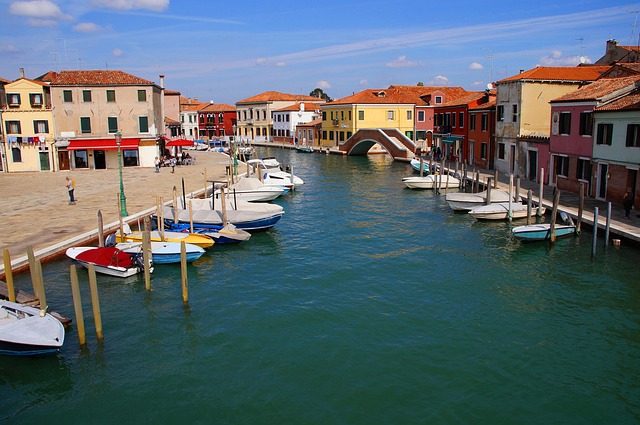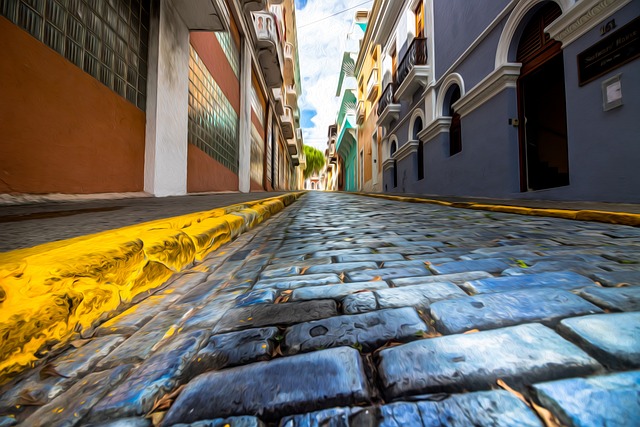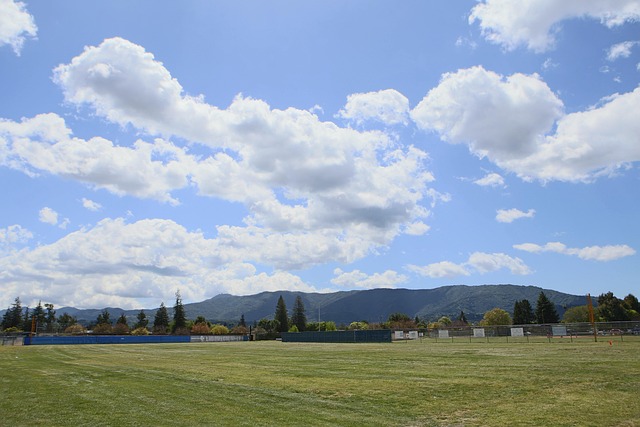The historic Highway Trade Route connecting North America and Mexico, dating back to colonial times, remains a testament to robust economic and cultural ties between the two countries, especially in real estate. Despite modern transportation's rise, remnants of this route highlight continuous integration. In today's dynamic real estate market, professionals must adapt to changing trends and consumer preferences by enhancing online presence and embracing technology for efficient client service. International trade routes, like the Mexico-US border, require strategic resilience, particularly at borders facing unique challenges. Thoughtful real estate development that balances economic growth, infrastructure, environmental conservation, and cultural preservation is key to fostering prosperity in these areas, attracting businesses, and opportunities for residents.
“Unveiling the historic Highway Trade Route to Mexico, a strategic passage that has facilitated economic connections for centuries. This article delves into the route’s evolution, its profound impact on real estate development, and the unique opportunities it presents. From bustling border towns to emerging markets, we explore how trade along this corridor shapes communities and identifies trends in real estate. Additionally, we address challenges and future prospects, offering insights for sustainable growth in border regions.”
Understanding the Highway Trade Route to Mexico: A Historical Perspective on Economic Connections

The Highway Trade Route to Mexico, a historic corridor stretching across North America, has played a pivotal role in shaping economic connections and cultural exchanges between the United States and its southern neighbor. This route, which predates formal diplomatic ties, served as a vital link for traders, travelers, and immigrants, fostering a dynamic interplay of goods, ideas, and people. From pre-Columbian times to the present day, the route has evolved, reflecting changing trade patterns and geopolitical landscapes.
Historically, this highway facilitated the exchange of luxury goods, such as silk, spices, and precious metals, contributing significantly to regional economies. As colonial powers established control over North and South America, the route became a conduit for resources, including agricultural produce and raw materials, fueling industrialization efforts in both continents. Today, while modern transportation networks have transformed international trade, remnants of this historical highway persist, embodying the enduring economic and cultural ties that continue to shape Mexico’s relationship with its northern neighbors, particularly in sectors like real estate and beyond.
The Impact of Trade on Real Estate: Exploring Opportunities and Trends Along the Route

Navigating Challenges and Future Prospects: Ensuring Sustainable Growth for Border Communities

Navigating the complex landscape of international trade routes requires strategic planning and resilience, especially along borders where communities often face unique challenges. As the highway trade route between Mexico and its neighboring countries evolves, ensuring sustainable growth for border communities becomes increasingly vital. One significant aspect to consider is real estate development, which can both drive economic expansion and present obstacles.
Community leaders and urban planners must collaborate to address issues such as infrastructure strain, environmental conservation, and cultural preservation. By implementing thoughtful strategies, they can attract investments in green spaces, modern facilities, and resilient housing while mitigating the potential negative impacts on local ecosystems and heritage sites. This balanced approach will foster a thriving environment, attract businesses, and create opportunities for residents, ultimately contributing to the long-term prosperity of border communities.






